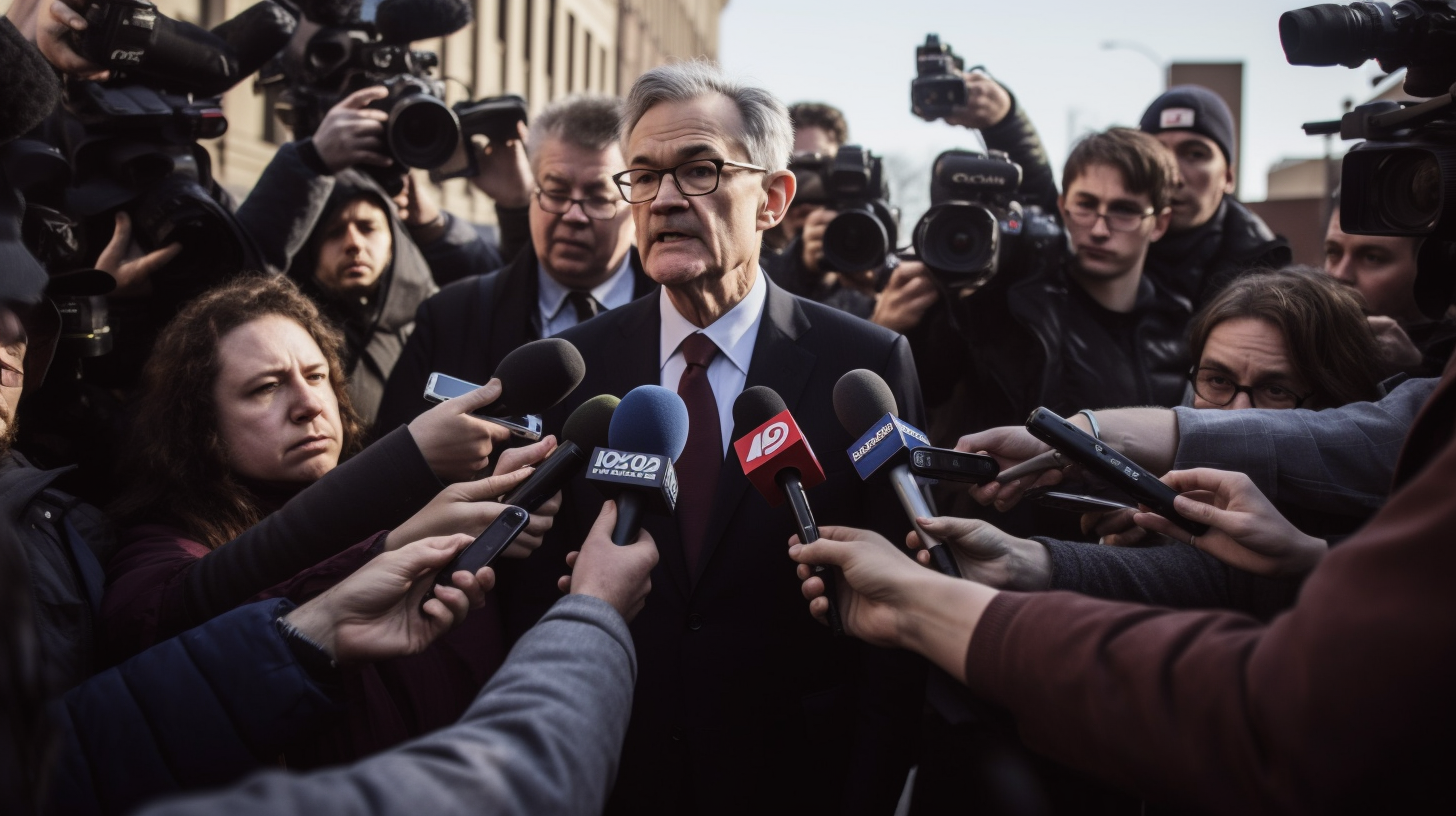The minutes from the Federal Reserve’s latest Federal Open Market Committee (FOMC) meeting reveal a cautious stance by policymakers toward lowering interest rates this year, despite growing evidence of cooling inflation. The minutes underscored the desire by Fed officials to see more definitive and sustainable proof that inflation is falling steadily back towards the Fed’s 2% target before they are ready to start cutting rates. This patient approach stands in contrast to market expectations earlier in 2024 that rate cuts could begin as soon as March.
The deliberations detailed in the minutes point to several key insights into the Fed’s current thinking. Officials noted they have likely finished raising the federal funds rate as part of the current tightening cycle, with the rate now in a range of 4.5-4.75% after starting 2022 near zero. However, they emphasized they are in no rush to start cutting rates, wanting greater confidence first that disinflation trends will persist. Members cited the risks of easing policy too quickly if inflation fails to keep slowing.
The minutes revealed Fed officials’ desire to cautiously assess upcoming inflation data to judge whether the recent downward trajectory is sustainable and not just driven by temporary factors. This patient approach comes despite recent encouraging reports of inflation slowing. The latest CPI and PPI reports actually came in above expectations, challenging hopes of more decisively decelerating price increases.
Officials also noted the economy remains resilient with a strong job market. This provides the ability to take a patient stance toward rate cuts rather than acting preemptively. How to manage the Fed’s $8 trillion balance sheet was also discussed, but details were light, with further debate expected at upcoming meetings.
Moreover, policymakers stressed ongoing unease over still elevated inflation and the harm it causes households, especially more vulnerable groups. This reinforced their cautious posture of needing solid evidence of controlled inflation before charting a policy shift.
In response to the minutes, markets have significantly pushed back expectations for the Fed’s rate cut timeline. Traders are now pricing in cuts starting in June rather than March, with the overall pace of 2024 cuts slowing. The minutes align with recent comments from Fed Chair Jerome Powell emphasizing the need for sustained proof that inflationary pressures are abating before rate reductions can begin.
The minutes highlight the tricky position the Fed faces in navigating policy uncertainty over how quickly inflation will decline even after aggressive 2023 rate hikes. Officials debated incoming data signals of potentially transitory inflation reductions versus risks of misjudging and overtightening policy. With the economy expanding solidly for now, the Fed has the leeway to be patient and avoid premature policy loosening. But further volatility in inflation readings could force difficult adjustments.
Looking ahead, markets will be hyper-focused on upcoming economic releases for evidence that could support a more decisive pivot in policy. Any signs of inflation slowing convincingly toward the Fed’s 2% goal could boost rate cut bets. Yet with labor markets and consumer demand still resilient, cooling inflation to the Fed’s satisfaction may take time. The minutes clearly signaled Fed officials will not be rushed into lowering rates until they are fully convinced price stability is sustainably taking hold. Their data-dependent approach points to a bumpy path ahead for markets.
